When To Use A Polarizer Lens Filter ?
A polarizer lens filter is typically used in photography to reduce glare and reflections from non-metallic surfaces such as water, glass, and foliage. It can also enhance the color saturation and contrast of the image. This filter is particularly useful in landscape photography to make the sky appear bluer and the clouds more defined. Additionally, it can be used to minimize reflections on shiny surfaces like windows or car bodies. In general, a polarizer lens filter is beneficial whenever you want to control and improve the quality of light entering your camera lens.
1、 Reducing glare and reflections in outdoor photography.
When to use a polarizer lens filter: reducing glare and reflections in outdoor photography.
A polarizer lens filter is a valuable tool for photographers, especially when shooting outdoors. One of the primary reasons to use a polarizer lens filter is to reduce glare and reflections in your photographs. Glare and reflections can be caused by various sources such as sunlight bouncing off water, glass, or other shiny surfaces. These unwanted reflections can significantly impact the quality of your images, resulting in washed-out colors and loss of detail.
By using a polarizer lens filter, you can effectively minimize or eliminate these reflections, allowing you to capture more vibrant and detailed images. The filter works by selectively blocking certain polarized light waves, reducing the amount of reflected light that enters your camera lens. This helps to enhance color saturation, improve contrast, and bring out the true beauty of your subject.
In addition to reducing glare and reflections, a polarizer lens filter can also be used to enhance the appearance of skies. When shooting landscapes or outdoor scenes, the filter can deepen the blue tones of the sky, making it appear more saturated and dramatic. This can add a sense of depth and dimension to your photographs, creating a more visually appealing image.
It is important to note that the effectiveness of a polarizer lens filter can vary depending on the angle at which you are shooting. The filter works best when the light source is at a 90-degree angle to the subject. Therefore, it is recommended to adjust the filter's orientation by rotating it until you achieve the desired effect.
In conclusion, a polarizer lens filter is a valuable tool for reducing glare and reflections in outdoor photography. It helps to enhance color saturation, improve contrast, and bring out the true beauty of your subject. Additionally, it can deepen the blue tones of the sky, adding a sense of depth and drama to your images.
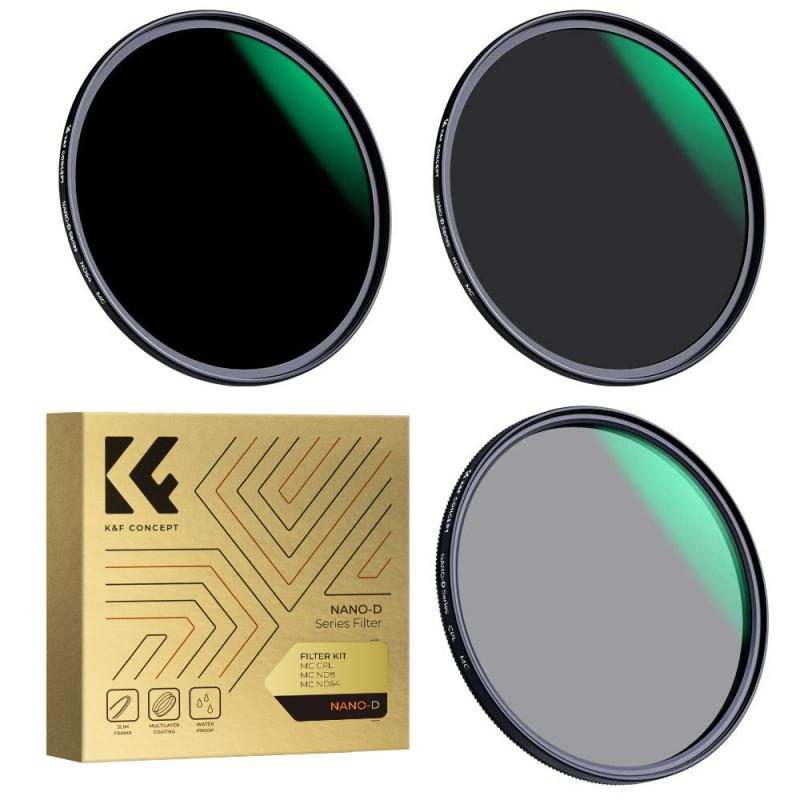
2、 Enhancing color saturation and contrast in landscape photography.
When to use a polarizer lens filter: Enhancing color saturation and contrast in landscape photography.
A polarizer lens filter is a valuable tool for landscape photographers looking to enhance the color saturation and contrast in their images. This filter works by reducing glare and reflections, resulting in richer and more vibrant colors, as well as increased contrast between different elements in the scene.
One of the primary uses of a polarizer lens filter is to intensify the colors of the sky and foliage. When shooting landscapes, the filter can be rotated to achieve the desired effect. By reducing the glare caused by sunlight bouncing off water or other reflective surfaces, the filter allows the true colors of the sky and foliage to come through. This can result in stunning blue skies and lush greenery that appear more vivid and saturated in the final image.
Additionally, a polarizer lens filter can help to enhance the contrast between different elements in a landscape. By reducing reflections on surfaces such as water or glass, the filter allows for greater clarity and definition in the image. This can be particularly useful when photographing scenes with water bodies, as it helps to reveal the details beneath the surface and create a more dynamic composition.
It is important to note that the effectiveness of a polarizer lens filter can vary depending on the angle of the sun and the position of the photographer. Therefore, it is recommended to experiment with different filter rotations to achieve the desired effect. Furthermore, with advancements in post-processing software, some photographers argue that the effects of a polarizer lens filter can be replicated to some extent in post-production. However, using a polarizer lens filter at the time of capture can still provide a more natural and authentic result, reducing the need for excessive editing.
In conclusion, a polarizer lens filter is a valuable tool for landscape photographers looking to enhance color saturation and contrast in their images. By reducing glare and reflections, this filter can result in richer and more vibrant colors, as well as increased contrast between different elements in the scene. While advancements in post-processing software offer some alternatives, using a polarizer lens filter at the time of capture can still provide a more authentic and visually appealing result.
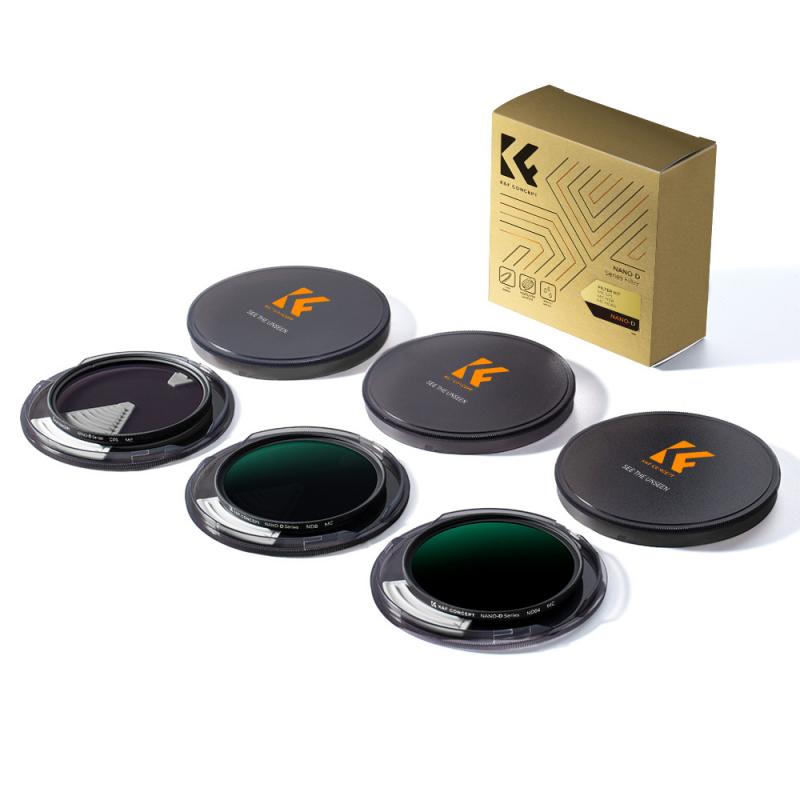
3、 Minimizing reflections on water or glass surfaces.
When to use a polarizer lens filter: Minimizing reflections on water or glass surfaces.
A polarizer lens filter is a valuable tool for photographers and videographers, especially when it comes to minimizing reflections on water or glass surfaces. This filter works by selectively blocking certain polarized light waves, reducing glare and reflections in the process. Here's why and when you should use a polarizer lens filter for this purpose.
When photographing water, such as lakes, rivers, or oceans, a polarizer lens filter can be incredibly useful. It helps to eliminate or reduce the reflections caused by sunlight bouncing off the water's surface. By rotating the filter, you can adjust the amount of polarization and achieve the desired effect. This not only enhances the clarity and color of the water but also allows you to capture what lies beneath the surface, such as rocks or marine life.
Similarly, when shooting through glass, whether it's a window, a car windshield, or a display case, a polarizer lens filter can be beneficial. It helps to minimize or eliminate the reflections and glare caused by external light sources. This allows you to capture the subject behind the glass more clearly and without distractions. It is particularly useful when photographing landscapes or cityscapes through windows, as it helps to bring out the details and colors while reducing unwanted reflections.
In addition to minimizing reflections, a polarizer lens filter can also enhance the overall saturation and contrast of your images. It can deepen the blue of the sky, make clouds pop, and bring out the vibrancy of foliage. However, it's important to note that polarizers work best when the light source is at a 90-degree angle to the subject. Therefore, the effectiveness of the filter may vary depending on the shooting conditions and the position of the sun.
In conclusion, a polarizer lens filter is an essential tool for photographers and videographers looking to minimize reflections on water or glass surfaces. It not only reduces glare and distractions but also enhances the overall quality and clarity of the images.
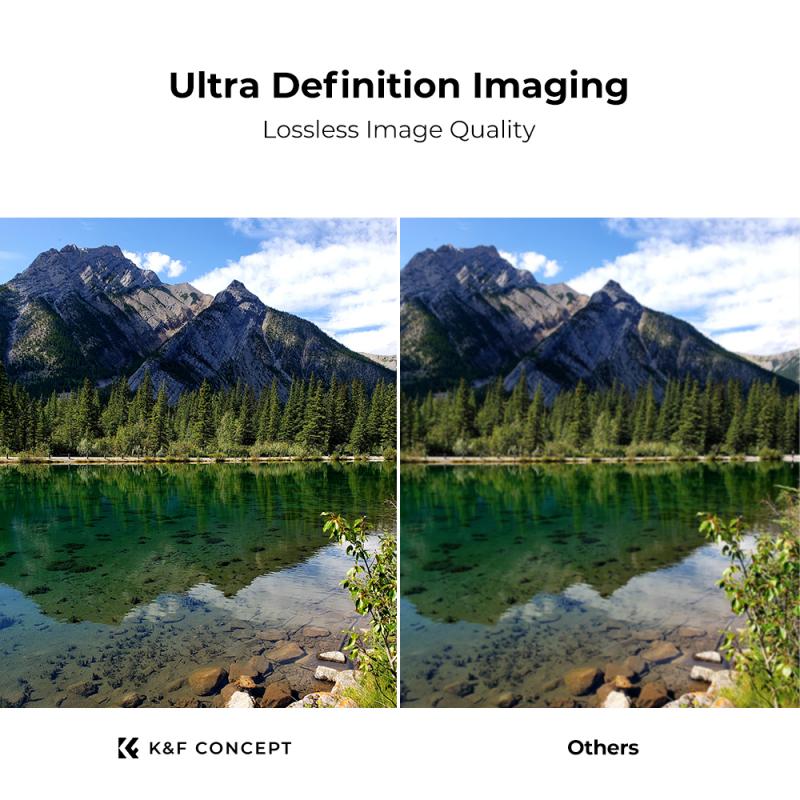
4、 Darkening skies and making clouds more prominent.
When to use a polarizer lens filter: Darkening skies and making clouds more prominent.
A polarizer lens filter is a valuable tool for photographers looking to enhance their landscape and outdoor photography. One of the primary uses of a polarizer filter is to darken skies and make clouds more prominent in the frame. By reducing glare and reflections, the filter allows for deeper, more saturated colors, resulting in a dramatic and visually appealing image.
When shooting landscapes, especially during midday or in bright sunlight, the sky can often appear washed out and lacking detail. By attaching a polarizer filter to the lens, photographers can effectively darken the sky, making it appear more vibrant and contrasting against the landscape. This not only adds depth and drama to the image but also helps to bring out the details in the clouds, making them more prominent and visually striking.
Furthermore, a polarizer filter can also reduce reflections from non-metallic surfaces such as water or glass. This is particularly useful when photographing bodies of water, as it allows photographers to see through the surface and capture the underlying details. By eliminating reflections, the filter helps to create a clearer and more captivating image.
It is important to note that the effectiveness of a polarizer filter depends on the angle of the sun in relation to the photographer's position. The filter works best when the sun is at a 90-degree angle to the subject, which is typically achieved when shooting in the early morning or late afternoon. In these lighting conditions, the polarizer filter can significantly enhance the sky and bring out the details in the clouds.
In conclusion, a polarizer lens filter is a valuable tool for photographers looking to darken skies and make clouds more prominent in their landscape photography. By reducing glare and reflections, the filter enhances color saturation and brings out the details in the sky, resulting in visually striking and captivating images.
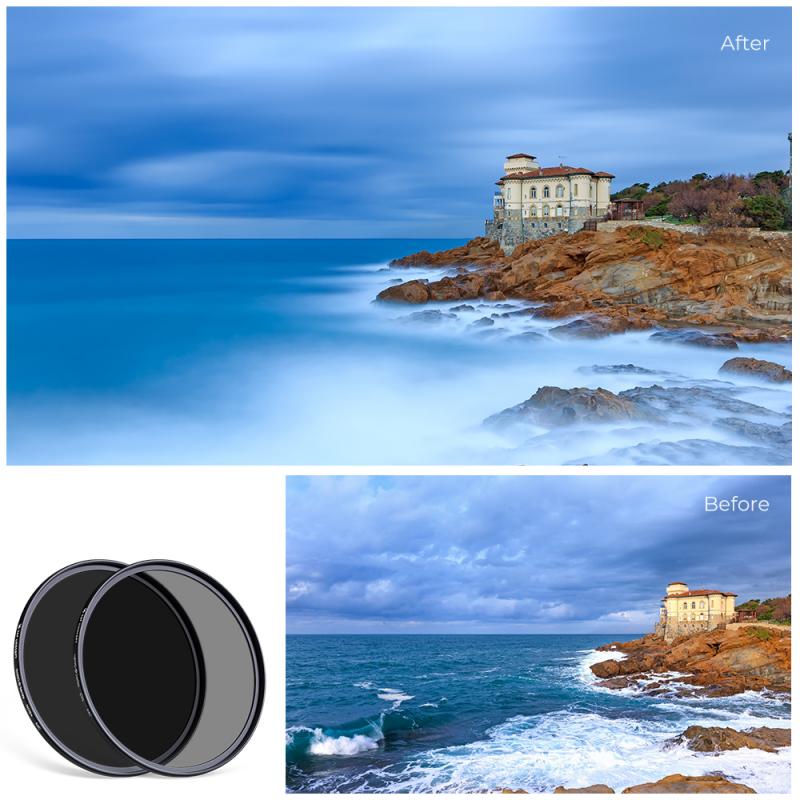









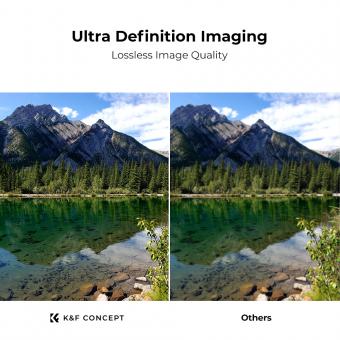










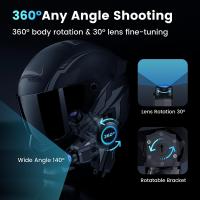

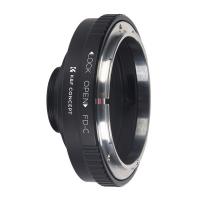

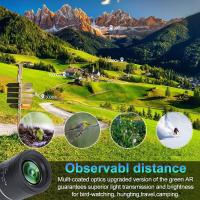
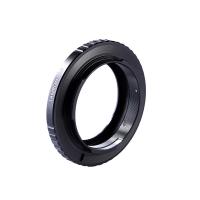




There are no comments for this blog.